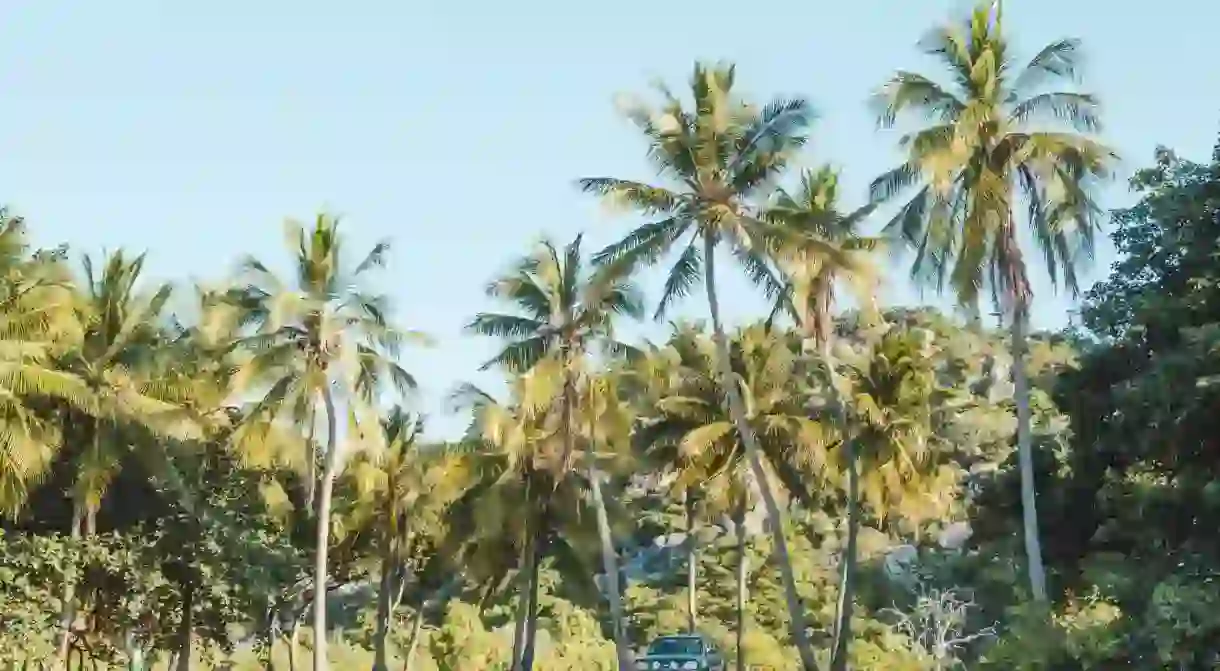How Did Magnetic Island in Australia Get Its Name?

Magnetic Island (known locally as “Maggie”) is located off the coast of Townsville in northern Queensland. It’s a popular holiday destination for both domestic and international visitors, thanks to its national park, beautiful bays, and proximity to the Great Barrier Reef.
The naming of Magnetic Island
Traditionally, the Aboriginal owners of Magnetic Island, the Wulgurukaba people, call it Yunbenun. But the common name came from Captain James Cook. According to his journal, Captain Cook named it ‘Magnetical Island or Headland’ on June 7, 1770, as he travelled up Australia’s east coast. Apparently, as he passed the island, it had a magnetic effect on his ship’s compass. He wrote that the compass: ‘would not travis well when near it’. He also didn’t know whether it was an island or a peninsula, hence the two names.

Since this magnetic pull was first noticed, people have tried to uncover why it happened, by exploring the island with various instruments. However, there’s still no real conclusion as to why Magnetic Island was/is so magnetic. Meanwhile, Magnetic Island is now classified as a suburb of Townsville, but Townsville wasn’t established until 1865. The city was named after Robert Towns, a Sydney entrepreneur. As the city developed, Magnetic Island’s hoop pines and granite were used as building materials.
Why Magnetic Island is so magnetising
You could argue that Magnetic Island does have a magnetic pull, as it attracts thousands of visitors annually. It’s located eight kilometres (five miles) off the coast of Townsville. The only way to access the island is via ferry or barge, which both have several daily departures. Magnetic Island is the Queensland coast’s sunniest city too, as it averages 320 days of sunshine annually.

54% of the island is protected as Magnetic Island National Park. The island’s natural landscape consists of granite boulders, 23 sheltered bays and beaches, hoop pines, eucalyptus trees, and rainforest. The national park is also home to a lot of native wildlife, including rock wallabies, possums, birds, and approximately 800 koalas. There is 24 kilometres (15 miles) of walking trails on Magnetic Island too, which take people through the national park and along the coastline.

The water surrounding the island is also a part of the World Heritage-listed Great Barrier Reef Marine Park, which means a lot of it is protected as well. Magnetic Island is actually the only fully self-contained island on the reef.
Adrenalin Dive departs the island daily for diving on the reef and the famous SS Yongala Wreck. Snorkelling is also popular around Geoffrey Bay. Visitors can follow the Shipwreck Trail too, as there are over 20 known shipwrecks surrounding Magnetic Island.
Most tourists will tell you that when they leave the island, they can’t wait to return. It truly is magnetising.













